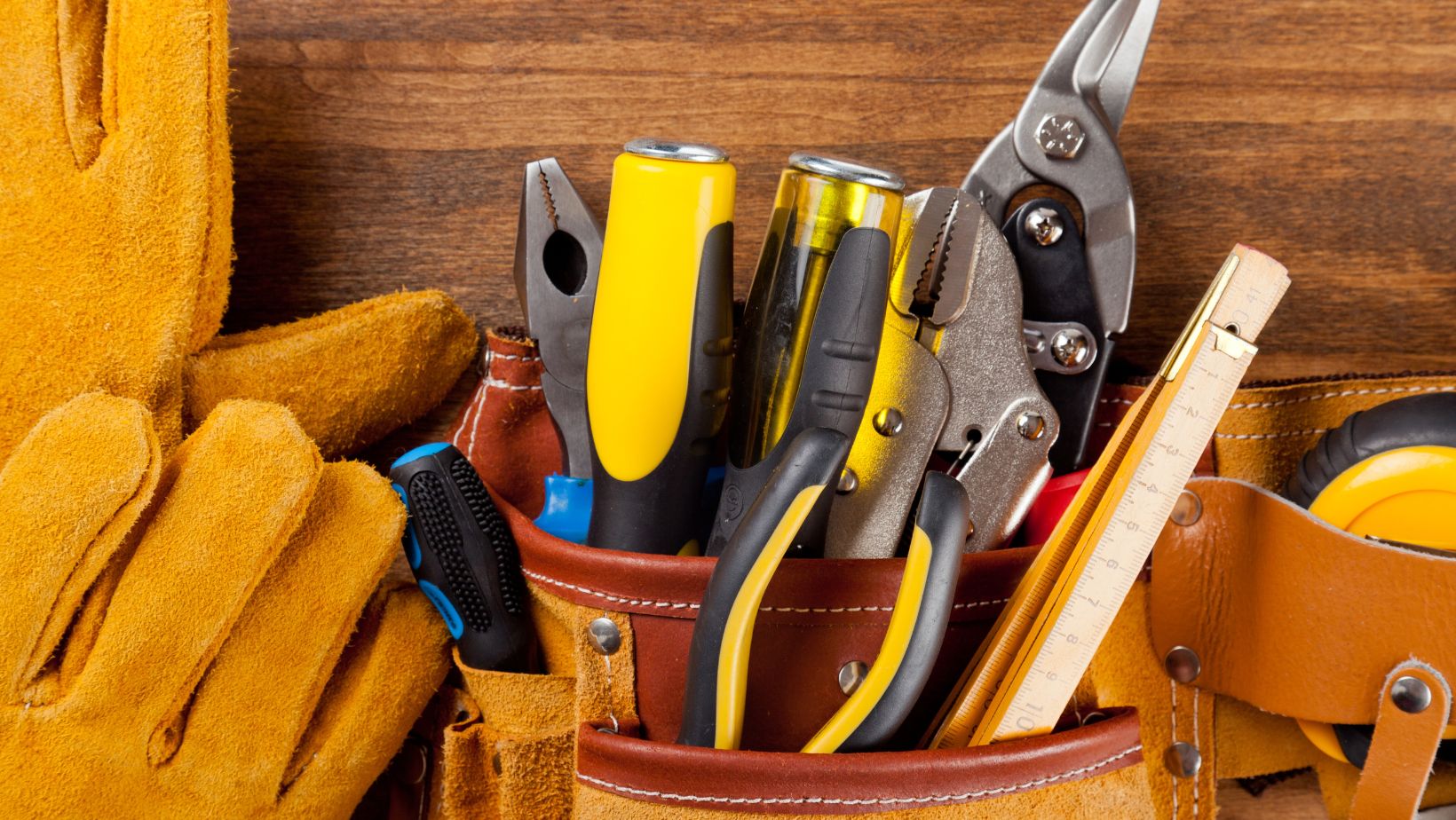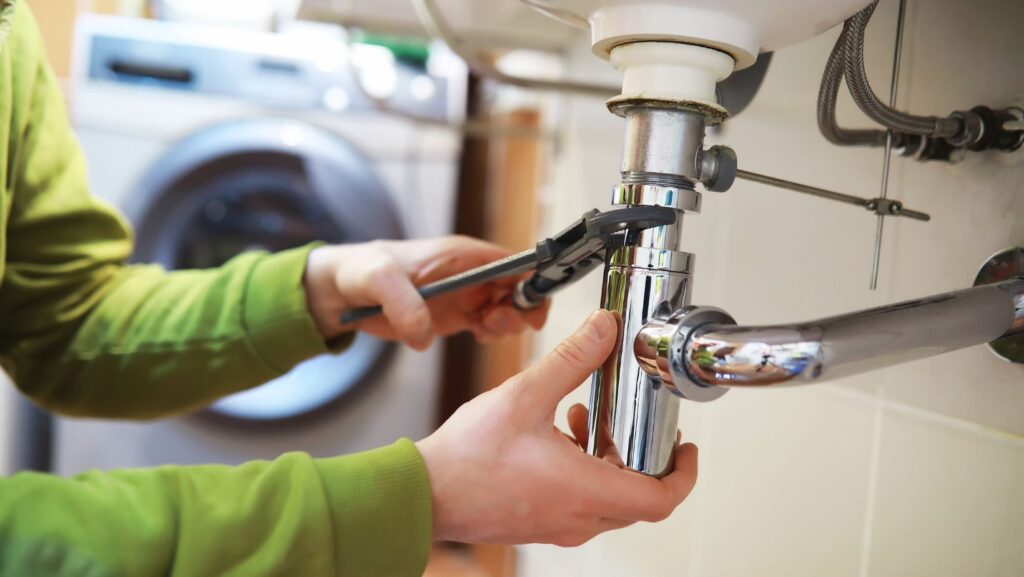You’ve probably heard the saying, “prevention is better than cure.” Well, it’s not just applicable to health, but also to the world of operations. Maintenance and repairs play a pivotal role in this sector, ensuring everything runs smoothly and efficiently.
This is the backbone of any successful operation, often the unsung hero behind the scenes. From the smallest equipment adjustments to major system overhauls, it’s all part of a day’s work in maintenance and repair.
Maintenance And Repairs is an Operations Activity That Includes
As an intricate part of operations, maintenance and repairs contribute significantly to the overall functionality of a system. Their presence ranges from daily tweaks to massive rectifications, serving as the backbone of an operation’s success. One foundational knowledge involves realizing the different types of maintenance activities typical in operations: preventative, corrective, and condition-based.

Preventative maintenance takes a proactive approach, aiming to prevent machine breakdowns by conducting scheduled inspections and maintenance works (like oiling and calibration checks). Corrective maintenance, in contrast, shifts to a reactive stance, correcting machine anomalies only after they’ve surfaced. Condition-based maintenance uses the best of both worlds, employing real-time data and predictive analytics to pinpoint the optimal time to perform maintenance, thereby reducing the likelihood of sudden breakdowns.
From this vantage point, it becomes clear that maintenance isn’t a mere afterthought—it’s a critical component of operational efficiency. Keeping this in mind results in a more streamlined and effective operation. By acknowledging the value of these tasks, we recognize that maintenance and repair, far from being inconvenient, are key players in ensuring the smooth running of operations.
The Importance of Regular Maintenance
Grasping the importance of regular maintenance proves vital in any operation. This activity holds paramount significance, with its primary role revolving around optimizing efficiency and minimizing potential operational disruptions. Regular maintenance aids in curbing sudden breakdowns or system failures, reducing downtime significantly – every minute counts in the business world. For instance, consistent checking of machine health can help detect minor issues before they escalate into major problems. Embedding maintenance as a rhythmic day-to-day process, instead of ad-hoc chaos, bolsters operational success and leans into a future of increased predictability and efficiency.
Challenges in Maintenance and Repair Operations

Inevitably, multiple issues arise while undertaking maintenance and repair operations. One major difficulty pertains to determining the best maintenance strategy; whether predictive, corrective or purely preventative. Deciding when and how to service equipment involves analyzing complex data sets, often posing a significant challenge if inadequately addressed.
Skilled personnel shortages present another hurdle. Without competent staff, tackling sophisticated repair jobs becomes a daunting task. Therefore, comprehensive and continuous personnel training in the latest equipment technologies, safety procedures, and inspection techniques becomes indispensable. In many instances, the lack of access to the correct repair tools and equipment hampers effective maintenance and repair.
Lastly, keeping pace with the advancing technology proves testing. Modern machinery comes embedded with complex software systems. Hence, personnel need constant upskilling to understand and respond to these technological changes.
Ultimately, navigating these challenges requires strategic planning, effective resource allocation, and continuous skills development for personnel.
Emerging Technologies in Maintenance and Repair

As we’ve seen, maintenance and repairs are key to operational success. It’s not just about fixing what’s broken, but about preventing breakdowns and optimizing efficiency. Sure, there are challenges, but they’re not insurmountable. With strategic planning, resource allocation, and continuous skills development, we can overcome them.
But there’s more. We’re in a technological era where advancements are constantly reshaping the maintenance and repair landscape. And it’s up to us to keep up. We’ve got to embrace emerging technologies, like AI and IoT, that can help us predict and prevent breakdowns, streamline operations, and ultimately improve efficiency.
So, let’s not see maintenance and repairs as a chore, but as an opportunity. An opportunity to improve, to innovate, and to excel. Because, at the end of the day, it’s these operations that keep our businesses running smoothly.

